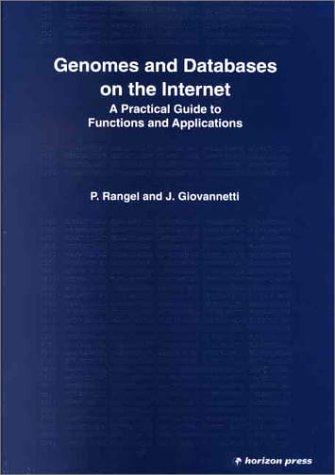Answered step by step
Verified Expert Solution
Question
1 Approved Answer
Question 4 ( a ) Apply Dijkstra s algorithm to compute the shortest path from router R 1 to each other router in the network
Question
a Apply Dijkstras algorithm to compute the shortest path from router R to each other
router in the network shown in Figure The number on each line shows the cost of the
line. Based upon these calculations write down the shortest routes from R to each other
router, the route cost values, and the firsthop router. Your answer should be given in form
of the routing table which will show the path to each router and the corresponding cost.
Figure
b Give an overview of the most important improvements of the IPv protocol compared with
IPv Is IPv compatible with IPv
c IPv uses two different modes of packet encryption the Transport Mode and the
Tunneling Mode. Explain how these modes operate. In which part of IPv are these
features implemented?
d DNS transfers all messages using UDP packets. It is known that UDP packets have a
maximum length, which potentially can be as low as bytes. What do you think will
happen when a DNS name to be resolved exceeds this length? Is this possible in principle?
If no explain why. If yes, can the DNS message be sent in two or more packets?

Step by Step Solution
There are 3 Steps involved in it
Step: 1

Get Instant Access to Expert-Tailored Solutions
See step-by-step solutions with expert insights and AI powered tools for academic success
Step: 2

Step: 3

Ace Your Homework with AI
Get the answers you need in no time with our AI-driven, step-by-step assistance
Get Started


